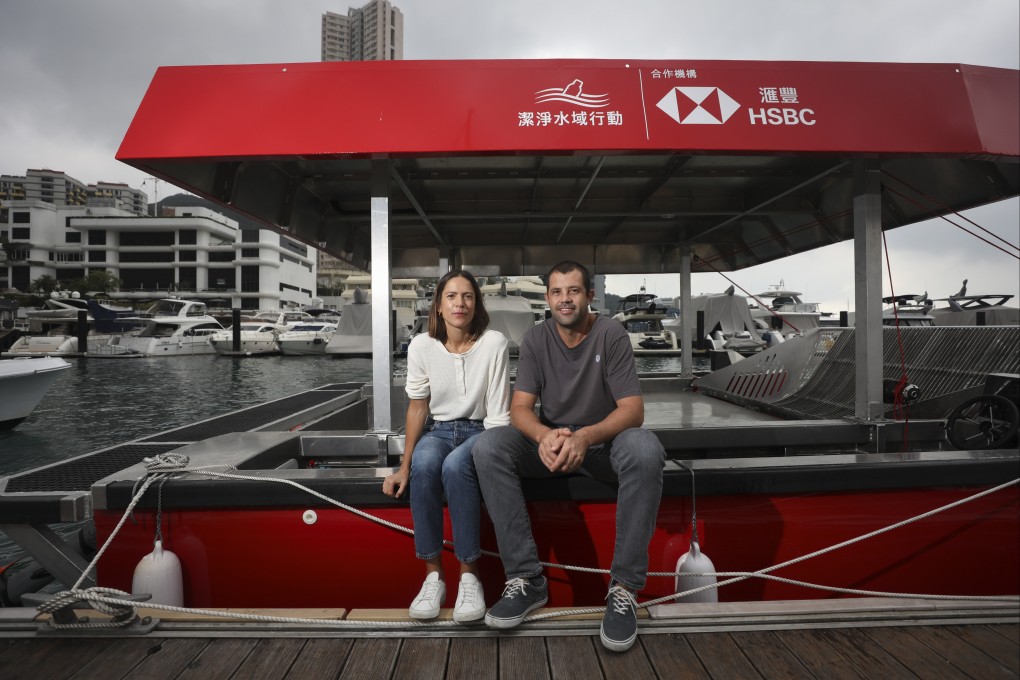Advertisement
The View | Private-sector innovation can drive Hong Kong’s green tech, green finance push
- Hong Kong’s private sector has what it takes to break new ground and put the city on the map, provided the government understands how to pitch these breakthroughs and take a wider view of showcasing the city’s innovation and technology
Reading Time:4 minutes
Why you can trust SCMP

Now that green tech and green finance have entered the government policy lexicon and money is being thrown around to make Hong Kong a hub, we would do better if we are clear about what needs to be recalibrated.
Advertisement
What is technology, and what constitutes green tech? Technology is the application of scientific knowledge to solve problems in industry. Green tech is technology that solves environmental problems, such as by reducing or eliminating pollutant emissions and waste, using resources efficiently, conserving biodiversity, and fighting climate change.
Hong Kong has pockets of excellence in green tech that attract commercial attention. This is a step beyond start-ups. While the government is keen to support new firms, it must also keep an eye on those that have moved beyond that stage because they need specific attention.
For example, the Hong Kong Research Institute for Textiles and Apparel (HKRITA) aims to be the leading centre of excellence in R&D and technology transfer in the global fashion and textile industry. Public funding is justified because Hong Kong’s fashion industry is a large and important part of the global supply chain, and its future depends on adopting green methods.
The institute is all about green tech. It has invented many technologies, including upcycling waste textiles into new yarn, that the industry has embraced. A production line has been built in Tai Po, which is a successful example of small-scale re-industrialisation that is right for Hong Kong. Work on a bigger scale can be done on the mainland and elsewhere.
Advertisement
The HKRITA has created a material that absorbs carbon dioxide. It has also developed a method to capture microplastics in materials and clothing that end up being consumed by sea life and damaging biodiversity when they get washed into the sea.

Advertisement
